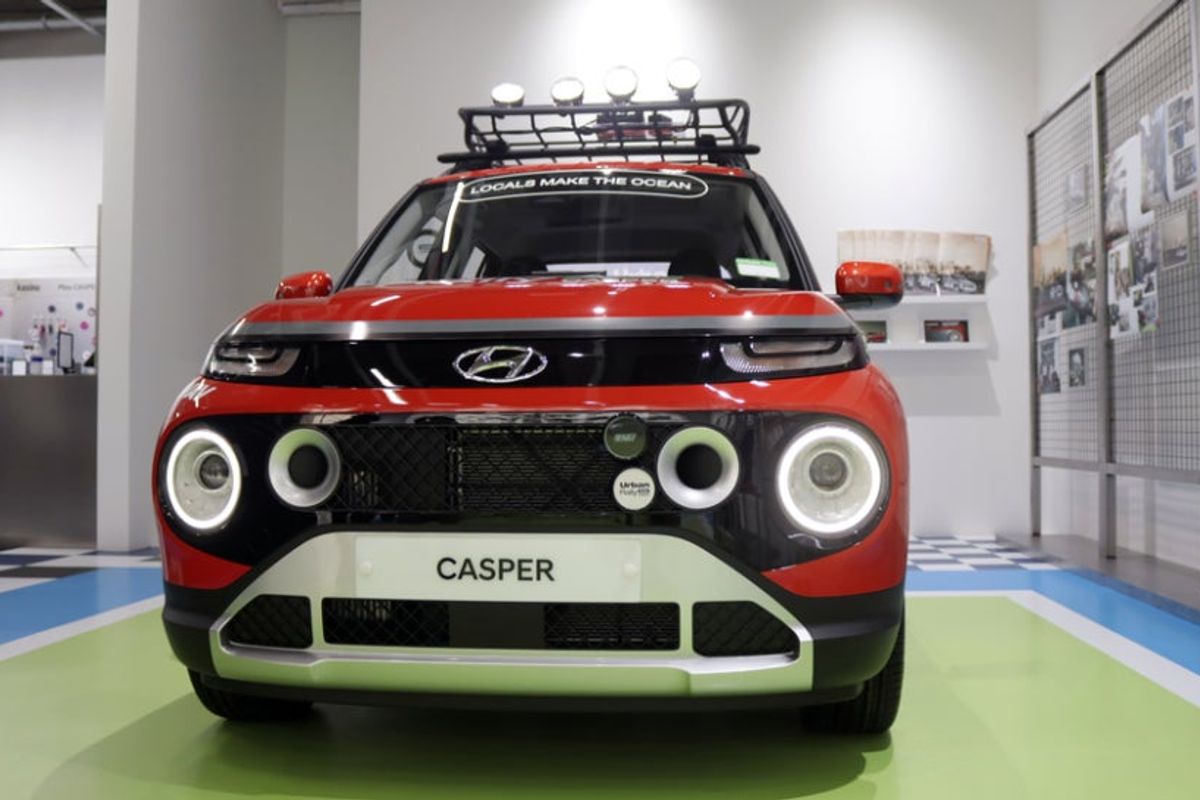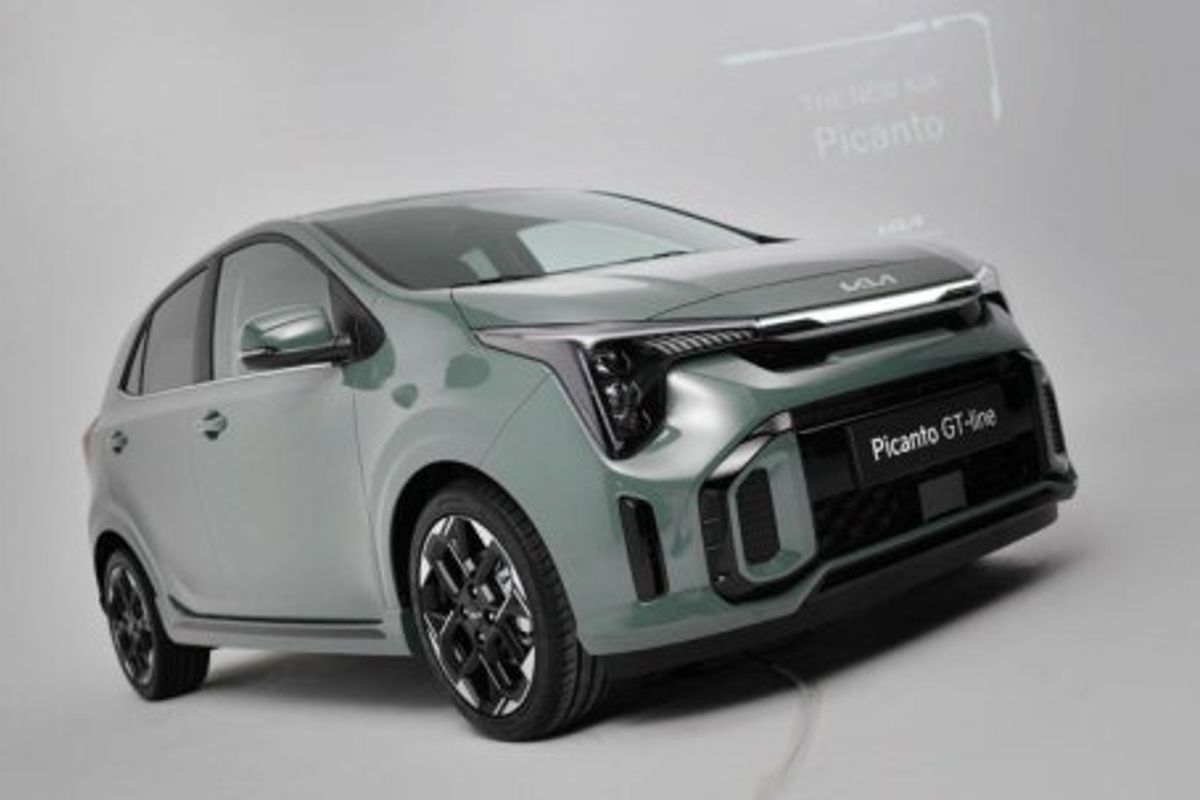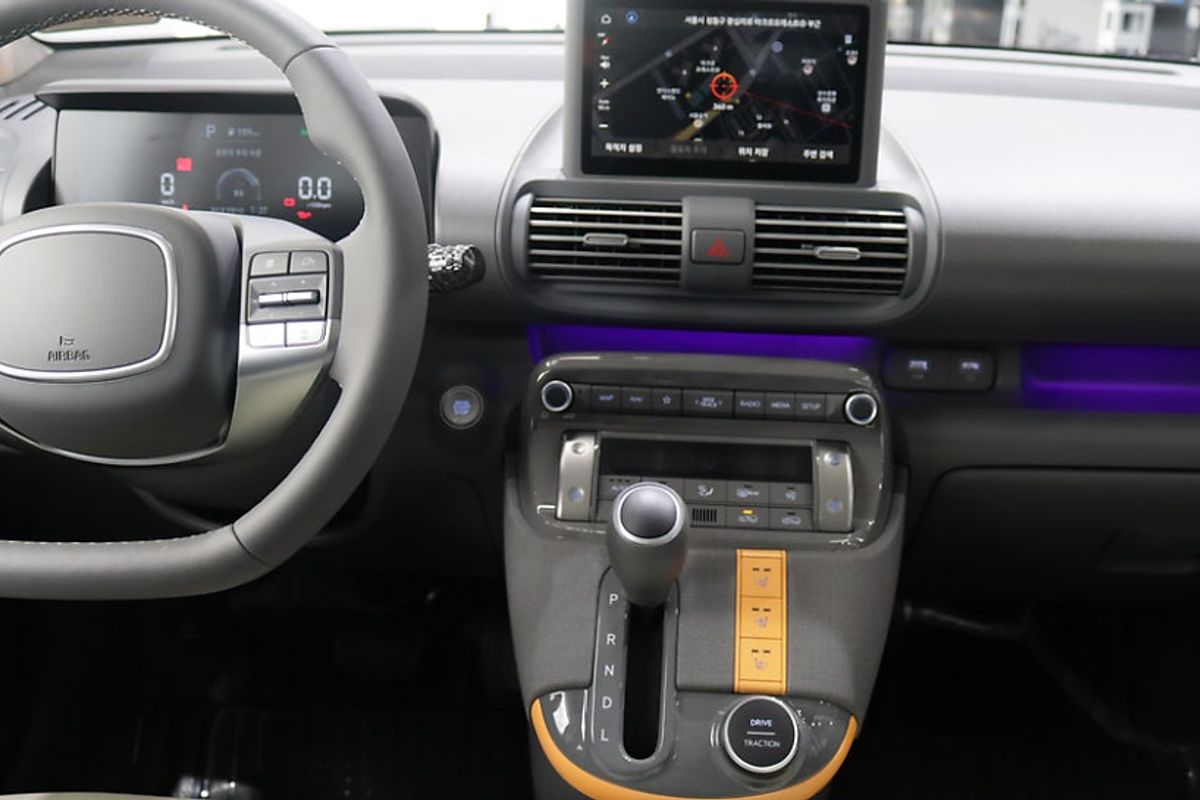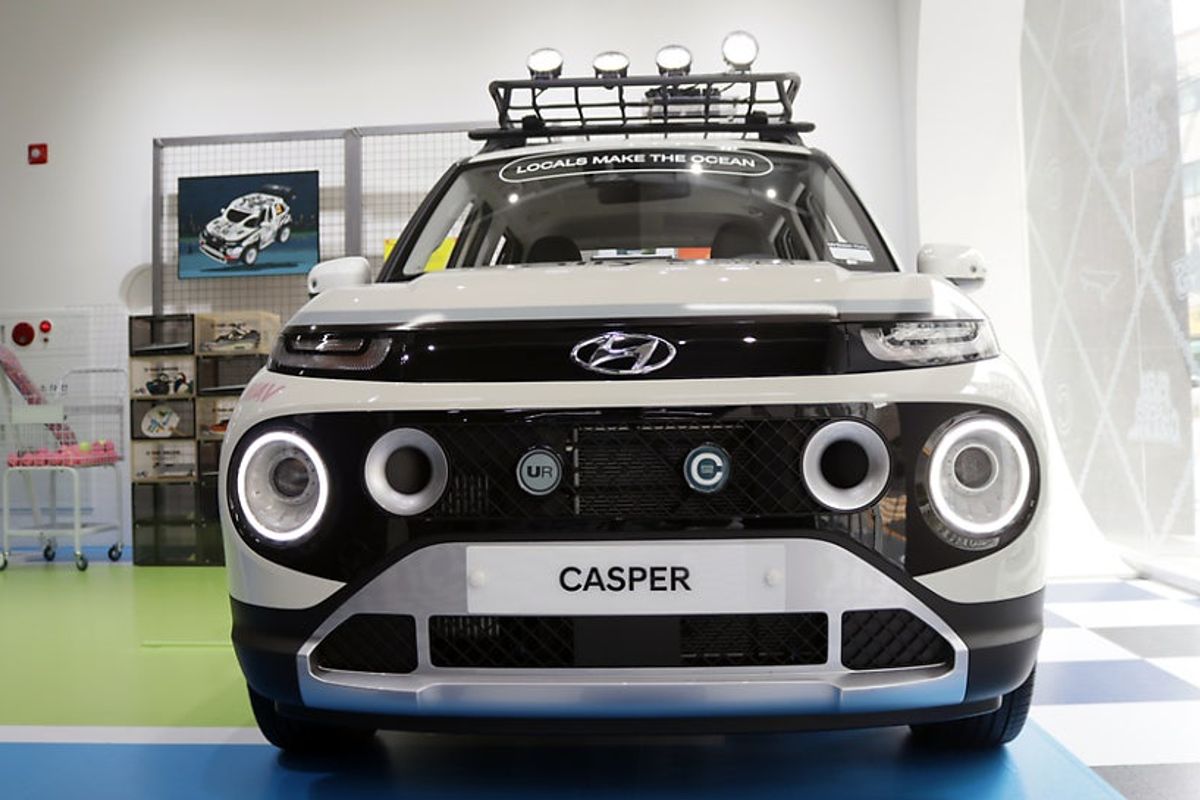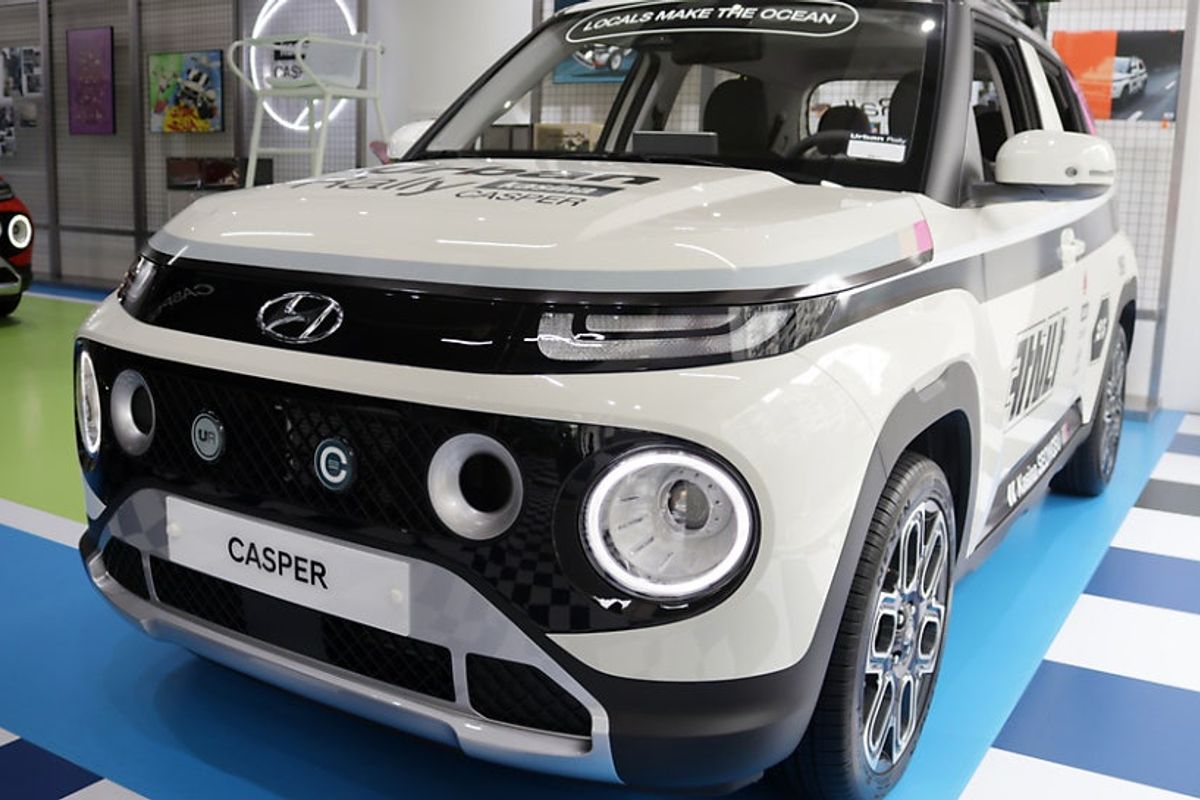Hello.
I am Uniji, an automotive influencer.
Currently active in the industry.
Recently, interest in the compact car market has surged.
This renewed interest stems from the launch of the new Kia Morning facelift model
and the upcoming launch of the Kia Ray EV in the second half of 2023.
This news has sparked excitement about the compact car market.
Thanks to this, Hyundai's Casper has seen a significant decline in sales recently,
while the compact car market continues to face a downturn.
Analysts consider this downturn to be one of the reasons for the sluggish sales of the Hyundai Casper,
which suggests that this trend may persist for a while.
Meanwhile, since its launch in September 2021, the Hyundai Casper has sold an average of about 4,000 units per month until last year,
making it the undisputed leader in the domestic compact car market.
This trend continued until last year, as the compact car segment sold 134,294 units thanks to the Casper's new car effect,
which represented an increase of over 35% compared to 2021.
However, with the new car effect fading, the Hyundai Casper has unfortunately lost its top position in the compact car market to the Kia Ray,
and it now faces challenges due to the recently launched Kia Morning facelift.
Despite this, the Hyundai Casper still offers a unique differentiation compared to the Kia Morning and Ray,
and it’s worth noting.
So far, the Hyundai Casper has been the only compact car model equipped with advanced driver-assistance systems (ADAS).
However, the recently launched Kia Morning facelift model has introduced these features, marking the dawn of the ADAS era for compact cars,
and signaling the start of its popularization.
However, the Hyundai Casper still features a differentiated powertrain compared to the Kia Morning and Ray.
In particular, the Casper's 1.0 turbo engine produces a maximum output of 100 horsepower and a torque of 17.5 kg·m, surpassing the 76 horsepower and 9.7 kg·m of the 1.0 gasoline engine.
This allows for a more powerful performance.
Thus, the Hyundai Casper stands as the only compact car equipped with a 1.0 turbo gasoline engine, which is one of the key reasons why customers choose it.
Additionally, the Hyundai Casper possesses off-road capabilities that are hard to find in other compact cars.
This allows it to maintain traction on surfaces covered with snow, mud, or sand by controlling output, torque, and brakes through a 2WD off-road driving mode.
Meanwhile, to attract new customers, including those from the 2030 generation, Hyundai announced a fuel discount benefit of 1000 KRW (approximately $0.75 USD) per liter for new Casper buyers.
The offer includes 20 liters of fuel each month for one year.
Starting from the 1st until September 30, customers who complete the delivery of their Caspers will be eligible.
To participate, customers must purchase the Casper using a Hyundai-exclusive credit card and apply through the Casper website.
Afterwards, they can register the bonus card number from the message sent to them in the GS Caltex application to receive discounts when refueling at GS Caltex.
With the launch of the Kia Morning facelift model, vehicle prices have increased slightly,
so the price difference between the Casper and the Morning is not significant.
This makes it a good opportunity to experience the differentiated Casper 1.0 turbo model.
The starting price for the Hyundai Casper, based on the 1.0 gasoline smart trim, is 13,850,000 KRW (approximately $10,500 USD), offering a variety of Casper models, including the Casper van.
#HyundaiCasper #Casper #CasperTurbo #CompactCarMarket
#MorningFacelift #Ray #CasperPrice #CarLab
#CasperOffRoadDrivingMode #CasperFuelDiscount
#CasperNewCarPurchaseBenefits
